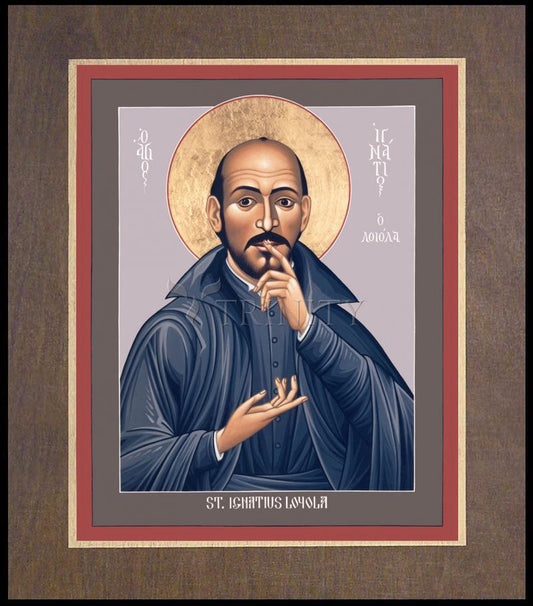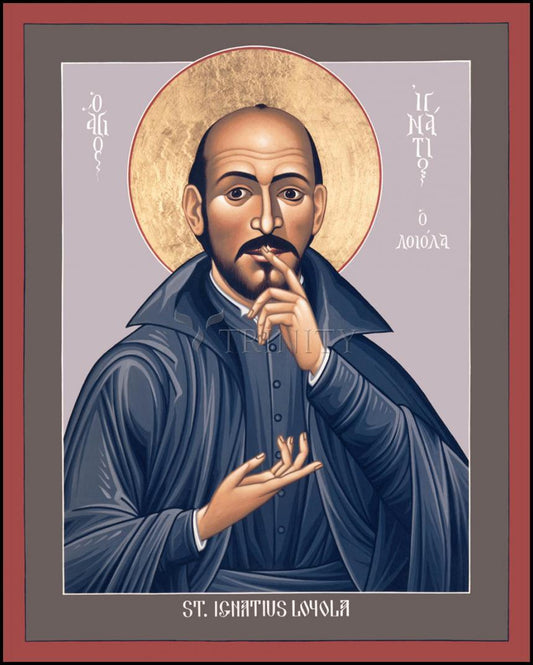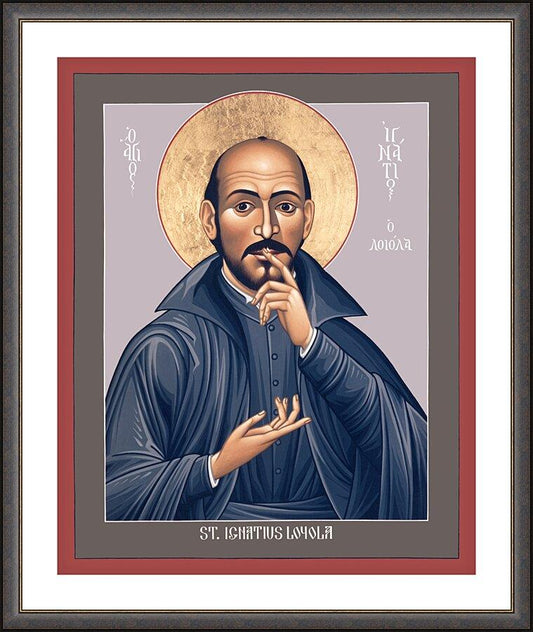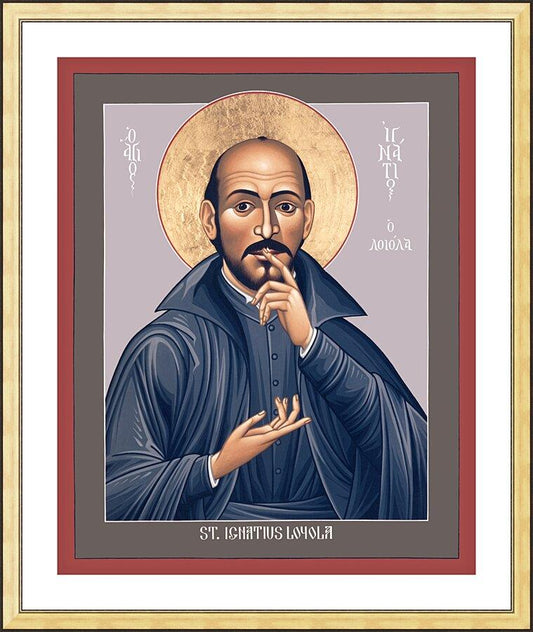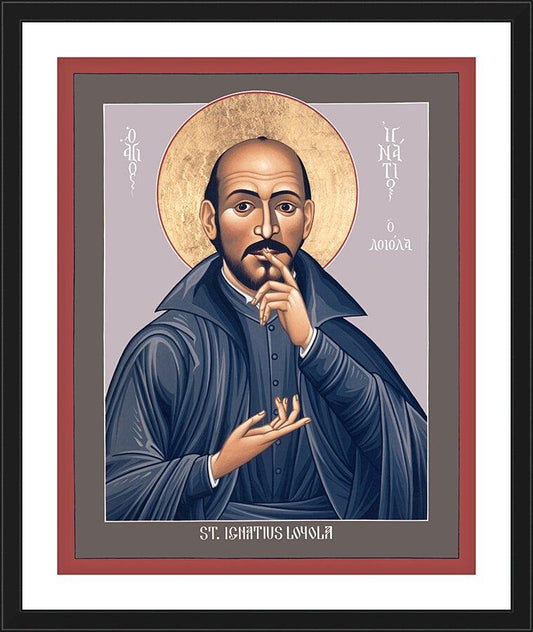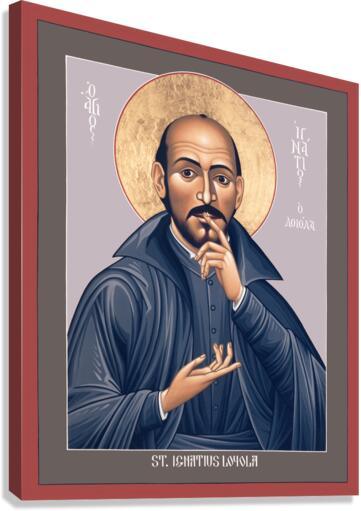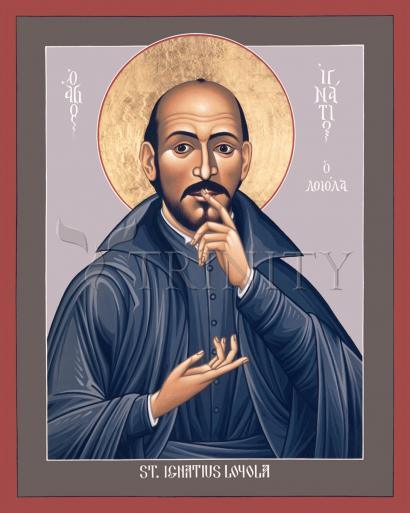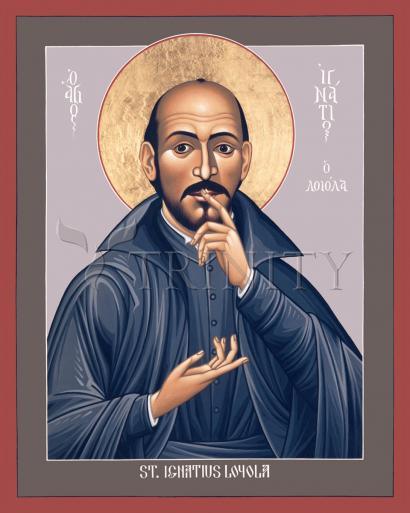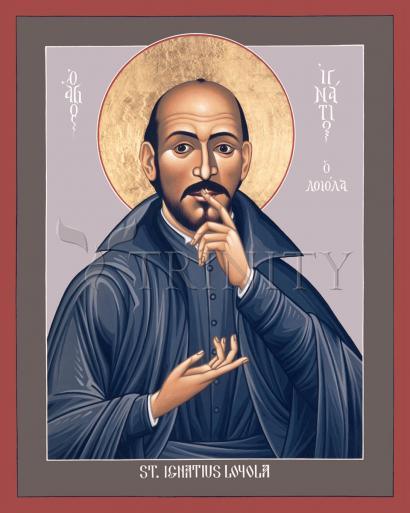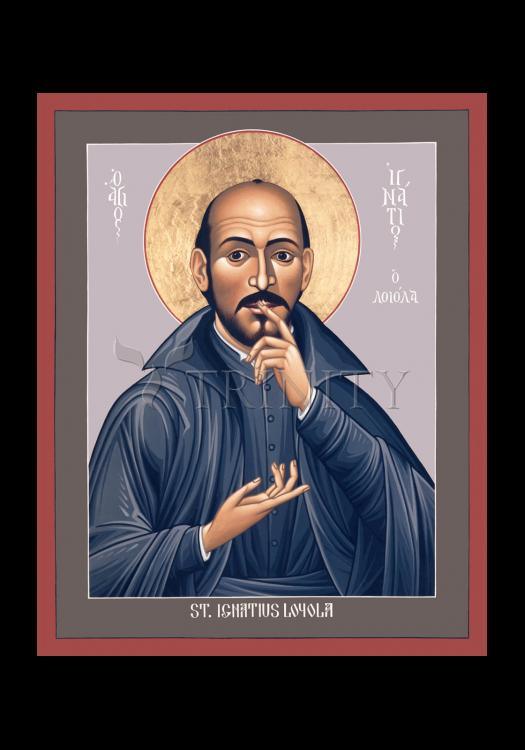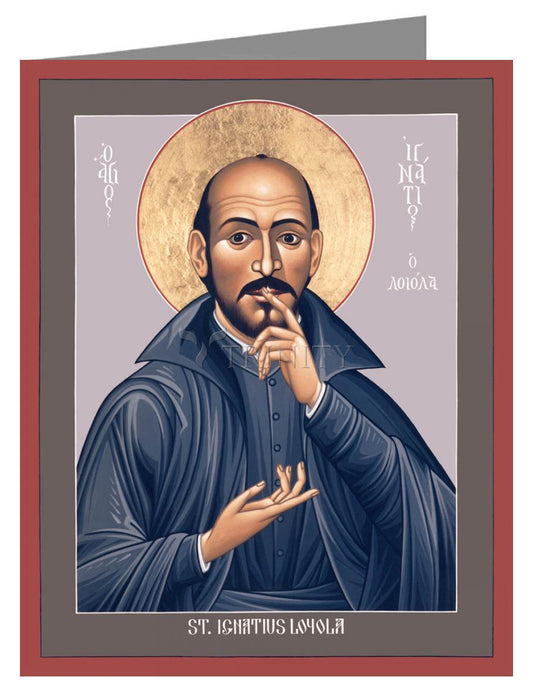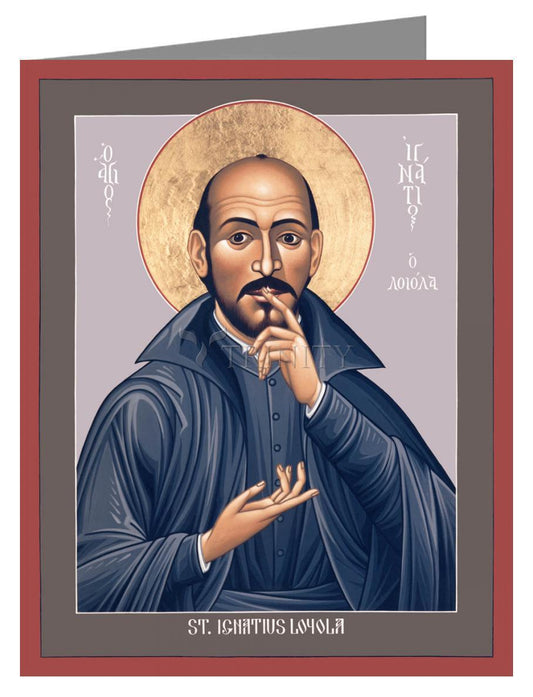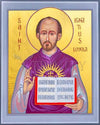Saint Ignatius of Loyola, Spanish San Ignacio de Loyola, baptized Iñigo (born 1491, Loyola, Castile [Spain]"died July 31, 1556, Rome [Italy]; canonized March 12, 1622; feast day July 31), Spanish theologian and one of the most influential figures in the Catholic Reformation of the 16th century, founder of the Society of Jesus (Jesuits) in Paris in 1534.
Early life
Ignatius was born in the ancestral castle of the Loyolas in the Basque province of Guipúzcoa. The youngest son of a noble and wealthy family, Ignatius became, in 1506, a page in the service of a relative, Juan Velázquez de Cuéllar, treasurer of the kingdom of Castile. In 1517 Ignatius became a knight in the service of another relative, Antonio Manrique de Lara, duke of Nájera and viceroy of Navarre, who employed him in military undertakings and on a diplomatic mission.
While defending the citadel of Pamplona against the French, Ignatius was hit by a cannonball on May 20, 1521, sustaining a bad fracture of his right leg and damage to his left. This event closed the first period of his life, during which he was, on his own admission, "a man given to the vanities of the world, whose chief delight consisted in martial exercises, with a great and vain desire to win renown" (Autobiography, 1). Although his morals were far from stainless, Ignatius was in his early years a proud rather than sensual man. He stood just under five feet two inches in height and had in his youth an abundance of hair of a reddish tint. He delighted in music, especially sacred hymns.
Spiritual awakening
It is the second period of Ignatius' life, in which he turned toward a saintly life, that is the better known. After treatment at Pamplona, he was transported to Loyola in June 1521. There his condition became so serious that for a time it was thought he would die. When out of danger, he chose to undergo painful surgery to correct blunders made when the bone was first set. The result was a convalescence of many weeks, during which he read a life of Christ and a book on the lives of the saints, the only reading matter the castle afforded. He also passed time in recalling tales of martial valor and in thinking of a great lady whom he admired. In the early stages of this enforced reading, his attention was centered on the saints. The version of the lives of the saints he was reading contained prologues to the various lives by a Cistercian monk who conceived the service of God as a holy chivalry. This view of life profoundly moved and attracted Ignatius. After much reflection, he resolved to imitate the holy austerities of the saints in order to do penance for his sins.
In February 1522 Ignatius bade farewell to his family and went to Montserrat, a place of pilgrimage in northeastern Spain. He spent three days in confessing the sins of his whole life, hung his sword and dagger near the statue of the Virgin Mary as symbols of his abandoned ambitions, and, clothed in sackcloth, spent the night of March 24 in prayer. The next day he went to Manresa, a town 30 miles from Barcelona, to pass the decisive months of his career, from March 25, 1522, to mid-February 1523. He lived as a beggar, ate and drank sparingly, scourged himself, and for a time neither combed nor trimmed his hair and did not cut his nails. Daily he attended mass and spent seven hours in prayer, often in a cave outside Manresa.
The sojourn at Manresa was marked by spiritual trials as well as by joy and interior light. While sitting one day on the banks of Cardoner River, "the eyes of his understanding began to open and, without seeing any vision, he understood and knew many things, as well spiritual things as things of the faith" (Autobiography, 30). At Manresa, he sketched the fundamentals of his little book The Spiritual Exercises. Until the close of his studies at Paris (1535), he continued to make some additions to it. Thereafter there were only minor changes until Pope Paul III approved it in 1548. The Spiritual Exercises is a manual of spiritual arms containing a vital and dynamic system of spirituality. During his lifetime, Ignatius used it to give spiritual retreats to others, especially to his followers. The booklet is indeed an adaptation of the Gospels for such retreats.
The remainder of the decisive period was devoted to a pilgrimage to Jerusalem. Ignatius left Barcelona in March 1523 and, traveling by way of Rome, Venice, and Cyprus, reached Jerusalem on September 4. He would have liked to have settled there permanently, but the Franciscan custodians of the shrines of the Latin Church would not listen to this plan. After visiting Bethany, the Mount of Olives, Bethlehem, the Jordan River, and Mount of Temptation, Ignatius left Palestine on October 3 and, passing through Cyprus and Venice, reached Barcelona in March 1524.
Born: 1491 at Loyola, Guipuzcoa, Spain as Inigo Lopez de Loyola
Died: July 31, 1556 at Rome
Beatified: 1609 by Pope Paul V
Canonized: arch 22, 1622 by Pope Gregory XV



